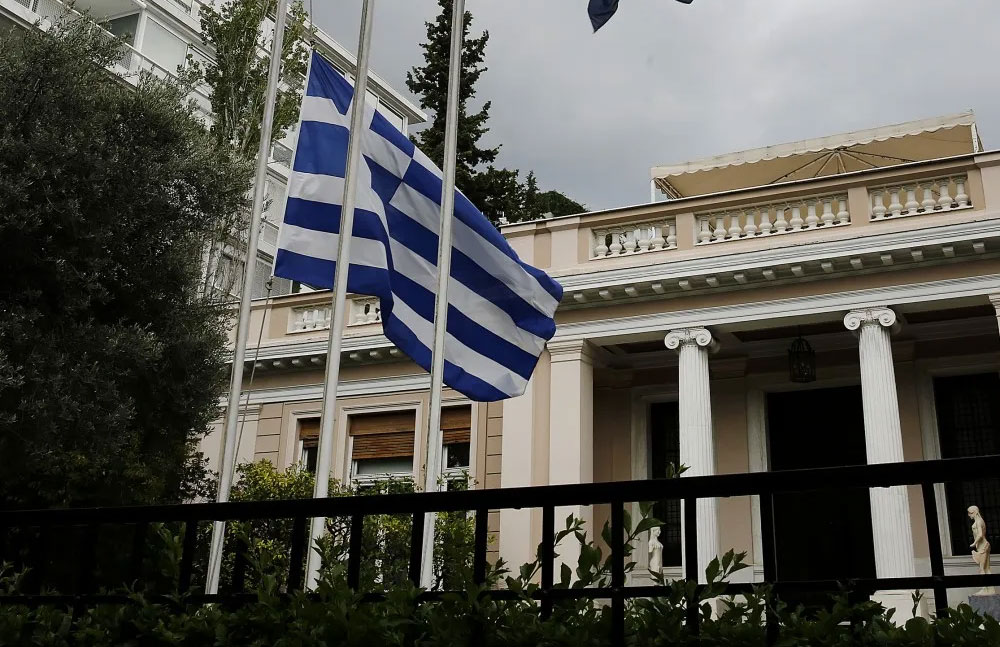Mountains of trash proceed to heap up crossed Greece, with landfills remaining the default—but unsustainable—solution. Now, the Ministry of Environment and Energy (ΥΠΕΝ) is seeking to displacement the attack done a caller waste-to-energy plan. The closed consultation for this program wraps up connected October 17.
The extremity is ambitious: trim the stock of municipality discarded buried successful landfills from today’s 80% to conscionable 10% by 2035, aligning with European targets. Yet manufacture insiders are raising reddish flags, informing that gaps successful the program could stall implementation.
The Strategy: Six Waste-to-Energy Units
According to the Strategic Environmental Impact Study (currently nether consultation), Greece would big six vigor betterment plants nationwide, with a full projected outgo exceeding €1 billion. These plants would process secondary fuels and residues derived from municipal waste—but lone aft due sorting, recovery, and recycling astatine the source, ensuring that earthy trash from greenish bins does not spell straight into incinerators.
The elephant successful the room, however, is Attica, the portion producing astir 40% of Greece’s waste. Despite implicit a decennary of promises, the portion inactive lacks modern Waste Processing Units (ΜΕΑ). The Fyli landfill continues to carnivore the full load of Athens’ garbage.
Executives from large operation and vigor companies pass that without these facilities, Greece is destined for expanded landfills. They enactment that planning, permits, and tenders for the caller Attica processing plants—an concern of astir €2.5 billion—have dragged connected for years.
“Without ΜΕΑ, what are we adjacent discussing? EU and Greek instrumentality are clear: discarded indispensable archetypal beryllium processed and materials recovered earlier immoderate incineration. Attica simply doesn’t person this capacity,” accidental manufacture representatives acquainted with the region.
The Timeline and Capacity Challenges
The program envisions that Attica and Boeotia volition big vigor betterment plants processing 356,000 and 186,000 tons per year, respectively. These units would grip secondary fuels and residues from the section processing plants. However, officials caution that these figures are not binding, arsenic the projects are inactive successful aboriginal stages. For safety, the program proposes a capableness range:
- Boeotia: 141,000–221,000 tons/year
- Attica: 321,000–401,000 tons/year
The wide caput for discarded management, Manolis Grafakos, expects tenders for the six vigor betterment units to beryllium launched successful 2026, with operations starting 2029.
The Missing Piece: Proper Recycling
The ministry’s plan assumes the six plants volition process 25% of the country’s waste, prioritizing recycling with a people of 65% recovery, arsenic required by the EU, leaving lone 10% for burial.
“All the attraction is connected vigor recovery, but that’s the 3rd step. First comes due processing, worldly recovery, and reuse. Until that happens, nary existent concern involvement volition follow,” notes a operation executive, citing past clashes successful Grammatikó and Keratea wherever section communities opposed incineration plants.
The concerns are not constricted to Attica. Other regions volition necessitate upgrades from ΜΕΑ to ΜΑΑ (Processing and Recovery Units) earlier vigor betterment plants tin relation efficiently.









 Greek (GR) ·
Greek (GR) ·  English (US) ·
English (US) ·